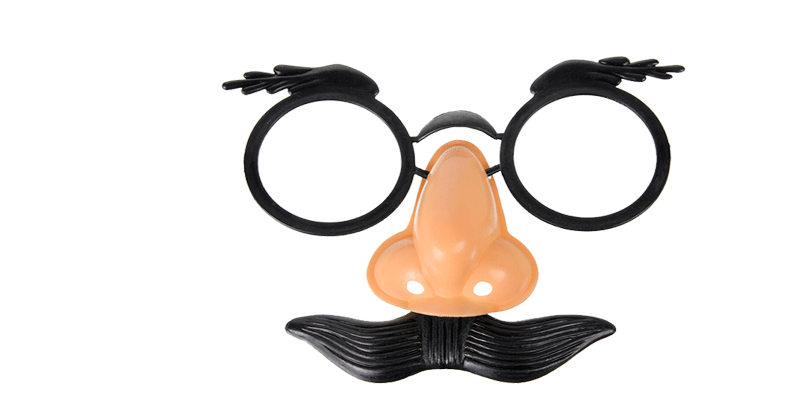Almost 30 years ago RN’s Rose Chop and Mary Silva writing in the Journal of Professional Nursing noted that “Scientific research typically has been founded on high ethical standards established by researchers in academia and health care research institutions. Scientific fraud, an act of deception or misrepresentation of one’s own work, violates these ethical standards. It can take the form of plagiarism, falsification of data, and irresponsible authorship. Scientific fraud has been attributed to misdirected attempts to attain high levels of personal and professional success. Researchers so prone commit scientific fraud in a search for promotion, status, tenure, and the obtaining of research grants.
With Big Food, we have seen another kind of scientific fraud – one that has nothing to do with attaining high levels of personal and professional success. Research grants are not needed by those who are paid up front to turn out these studies. And there is no need to falsify data as these studies were rigged in advance to produce the numbers that would be needed to draw the conclusions that their sponsor(s) had pre-ordained.
In a 2018 article titled “How do we tackle scientific fraud?” Anne Cooke writing for the British Society for Immunology stated that “fraud or scientific misconduct includes fabrication of data, falsification of data (including data selection and image manipulation), plagiarism (including self-plagiarism and use of other people’s data/ ideas), failure to meet ethical obligations such as obtaining patient consent, misuse of research funds, misrepresentation of data by, for example, not disclosing relevant findings, making inappropriate claims to authorship or failing to include an author who has made a significant contribution.”
Ajinomoto’s program for scientific fraud incorporates little or none of that. They don’t fabricate or falsify data, they simply design studies that will produce the results they are looking for.
If you use only subjects who have never had any reactions known to be caused by MSG, chances are good that the subjects in your study won’t have MSG reactions. If you limit your subjects to people on anti-migraine drugs, chances are that your subjects won’t have migraines. However, those designs aren’t foolproof.
Foolproof
There’s nothing second rate about Ajinomoto’s research. A variety of academics from various universities and medical schools were given study protocols and supervised by Andrew G. Ebert (Ajinomoto’s agent in charge of research) without the involvement of Ajinomoto being disclosed. Although they had common elements, no two studies were identical.
There was, however, one element that was shared by all — the use of excitotoxic amino acids in “placebos.” It’s actually elegant in its simplicity.
In a double-blind study, test material is given to a subject on one occasion, and on another occasion the subject is given a placebo. The placebo, if it’s a true placebo, looks, tastes and smells like the test material, but it will not cause a reaction. If the subject reacts to the inert placebo, the researchers could conclude that the subject is some kind of nut case who might react to anything, and therefore any reactions to MSG test material are coming from what the subject was thinking or imagining, not from the MSG. In industry studies of MSG-safety, subjects were not given true placebos.
That’s it. Simple. By giving subjects alleged placebos that cause the “right” reactions, there may be as many reactions to placebos as there are to MSG test material. From that, researchers could declare they had demonstrated that people really don’t react to MSG. But to make sure the conclusion that MSG is harmless would be beyond reproach, glutamate-industry researchers guaranteed that subjects would react to placebos with the same reactions that are caused by MSG. They did that by using aspartame as the toxic ingredient in their placebos, which worked well for them because the aspartic acid in aspartame and the glutamic acid in MSG cause virtually identical reactions (as well as identical brain damage). Having set that up, glutamate-industry researchers (and the propaganda artists who quote them) will say “These people aren’t sensitive to MSG, they reacted to the ‘placebo’ too.” Case closed!
Resources
FDA Adverse Reactions Monitoring System (ARMS) – Collected Reports of Adverse reactions to monosodium glutamate.
FDA Adverse Reactions Monitoring System (ARMS) – Collected Reports of Adverse reactions to Aspartame.
If you have questions or comments, we’d love to hear from you. If you have hints for others on how to avoid exposure to MfG, send them along, too, and we’ll put them up on Facebook. Or you can reach us at questionsaboutmsg@gmail.com and follow us on Twitter @truthlabeling.
Share this:



